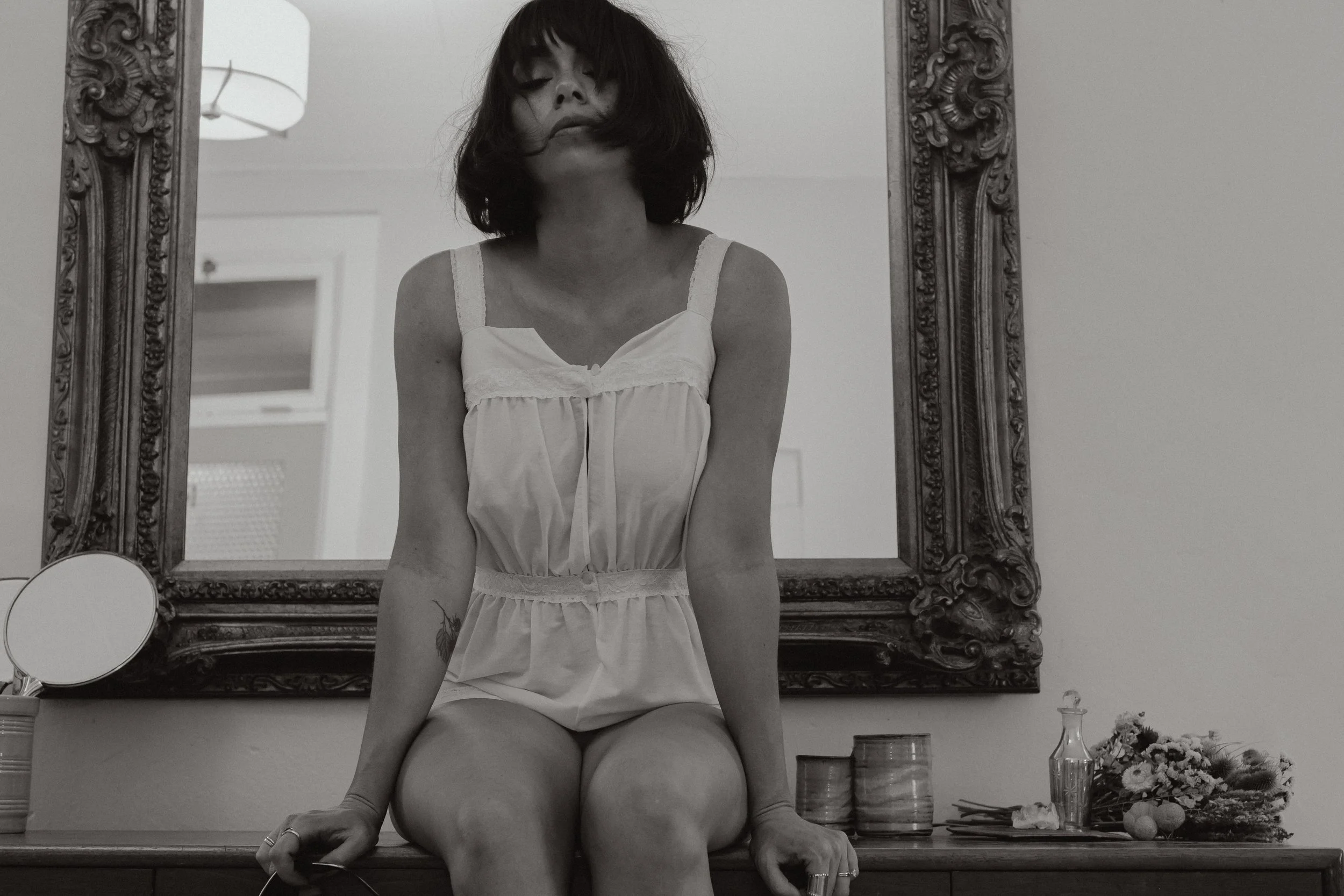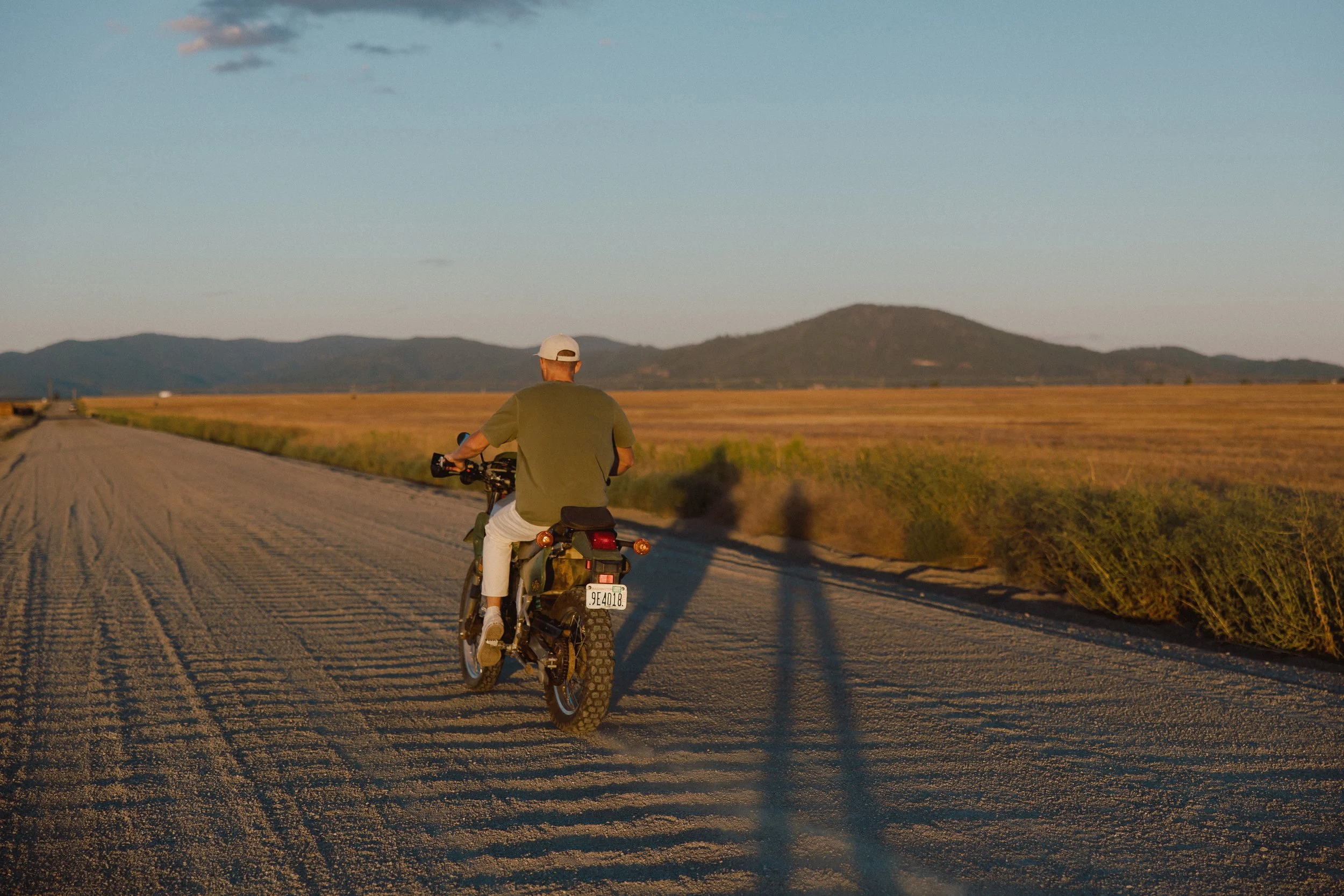Coping with Romantic Rejection: Tips to Help You Move Forward
I can sit here and say all the cliche things that we’re often told when it comes to facing rejection.
“They don’t deserve you.”
“It’s not meant to be.”
“You can do better.”
These could all be very well true. They could provide you with positive perspective to move forward in a healthy way.
However, sometimes, we might need more than just a quick one liner to start the healing process. Moving forward can especially be difficult when the rejection feels deep rooted and is clouding your ability to see yourself clearly & in a healthy light.
When it comes to romantic love; this type of rejection tends to be the most intense because it can feel so personal and seep into the parts of us that are very raw and unexposed.
This is so because being involved with another on a romantic level is one of the most vulnerable of all relationships.
Since rejection can feel so personal, that’s actually where the danger lies. Making and taking rejection personally is where the divide between our sense of self worth and what is external opinion and noise can become blurred, chipping away at our sense of self.
I’m going to say it one more time so you can really hear it:
Making ANYTHING too personal is what will slowly corrode our sense of self. As our sense of self becomes compromised; our joy will begin to lessen and our lives will become less fulfilling.
gaining perspective
The truth is that nothing is 100% personal to you, even though it can feel so. Especially the rejection that results from a romantic relationship ending or never getting the momentum to begin.
We’re all so multi faceted, coming forth with our own history that has shaped the way we perceive the world. What’s “right” for one could be “wrong” for another and vice versa. This is why having discernment and perspective when it comes to somebody’s opinion or response to you (an opinion of someone that might not even know you well) is important to learn to do. It’s an invaluable skill.
to say it straight:
Don’t confuse your self worth with somebody’s preference.
What I’m about to say is not going to be popular, but it’s truthful.
The reality is that not everyone is going to prefer what we have to offer. Our value is not going to be something that everyone can see (for reasons beyond us.) This is not a fault of yours. It just is. Work on not mentally digging too deep into this, for it’s a dangerous rabbit hole to spin out in.
The trick is accepting this truth; the truth that we’re not going to be for everyone.
As we begin to digest and accept this truth; it will becomes a bit more bearable to sustain rejection when it, ultimately, makes it’s way into our life.
Acceptance is not easy; but it’s our way out of the mind maze of doubting and rejecting our own self.
Let me remind you that someone passing on you is not because there’s anything wrong with you. Not being a fit for another does not mean that you should change something about yourself to fit into their ideal. It just means that you’re a better fit for something or someone else.
Any such action to change yourself in order to win someone over would be a form of self abandonment.
The thing is, when we allow what’s not for us to go on it’s merry way, we then leave the space for the people and opportunities that are for us to appear. There’s an interesting way that the concept of flow can work in our lives when we’re able to allow, let go and move forward with less resistance.
As we view rejection as redirection it will prevent us from sitting too long in our self defeating feelings. Rejection hurts. It’s uncomfortable. I don’t want to take away from that truth. However the perspective and mindset that we lock into when something or someone walks away from us is what will dictate everything that follows.
Rejection brings an opportunity for potential change & growth
I will also say this; sometimes rejection presents us with an opportunity for self reflection and growth. It’s an opportunity for us to reflect on any way of being that’s not serving us and our life. Rejection can point us toward our unhealthy ways and behaviors that we might want to adjust for ourselves.
This adjustment is not because “it” (our character, our actions, our way) didn’t work for them; it’s because our actions, attitude or behavior doesn’t work for us.
Nobody that’s for you is going to have a fundamental problem with who you are as a person; which is your authentic character. They could have issues with your behavior or actions, which you can decide you want to change for yourself, but they won’t reject your authentic truth & character.
Be brave and strong enough in this life to stay true to what’s authentic to you. If you don’t take this stand for yourself, nobody will take it for you. It will be more difficult for you to find others who can see you clearly if you don’t own and stand up for who you are.
When it comes down to it, the intensity in which we we feel rejection usually aligns with the lack of acceptance that we have for ourselves. As we learn to hone more self acceptance, our ability to move on with more ease from rejection will gain momentum.
When rejection visits please remember that it’s a result of you stepping outside your comfort zone and putting yourself “out there.” Rejection usually happens the most to those of us who are living a life that’s pushing limits; a person whom is striving for living big. This is something to be proud of yourself for; It’s brave. It takes courage to live outside the bounds of your comfort zone. Acknowledge yourself for that.
How to Work Through the Discomfort that Rejection Brings
Feeling emotions that are uncomfortable is a hard thing to do; so much so that avoiding such feelings are the basis of many mental health issues. Find my youtube video on how to process and work through your hard emotions HERE.
Final Tips
don’t take rejection personally
keep the focus on protecting your sense of self and self respect (always)
keep your focus on yourself by refraining from making assumptions and stories up about the other (why they left, what they might think, etc)
process and feel your hurt feelings while keeping your aim on moving forward
choose to see life as a journey filled with experiences that help you learn and grow; some of which are challenging and bring up hard feelings.
realize that everyone, regardless of how they look, what they’ve achieved or how much they are desired, get & feel rejection as well. We will all face rejection at one time or another in life; or multiple times; it really depends on how courageous we are to put ourselves “out there.”
*Above image is by Photographer, Amy Lynn Bjornson.
Wishing for you to see yourself in a light that serves you and helps you to cope with the hard parts of life with more clarity. Thanks for being here with me.
-kim



